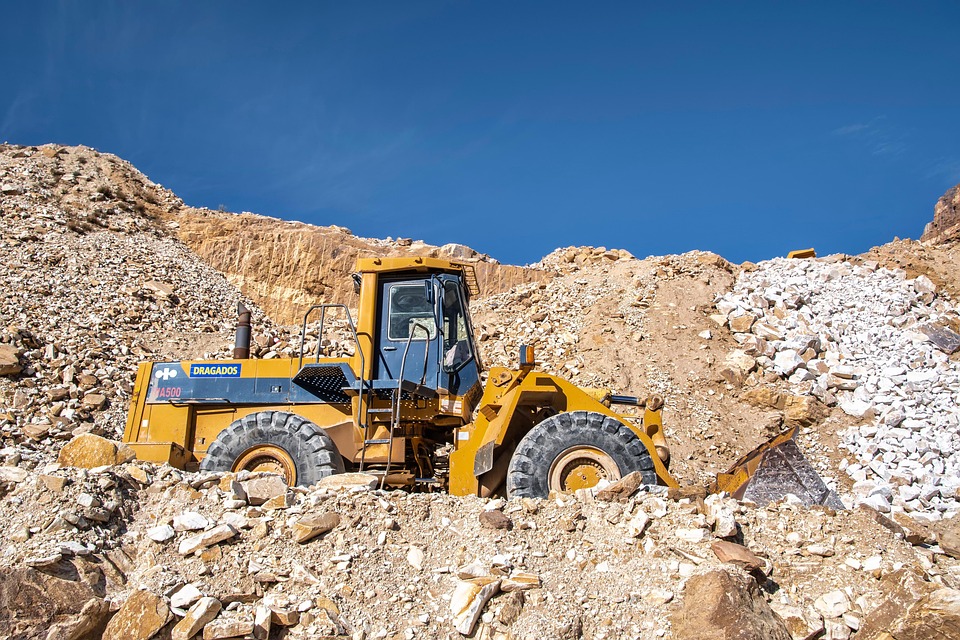Forks in Sustainability: How Greener Mining Practices Can Cut Environmental Impact
The mining industry has long been a significant contributor to environmental degradation, with the extraction of natural resources often coming at a steep cost to the planet. However, in recent years, there has been a growing recognition of the need for more sustainable mining practices. In this article, we’ll explore the importance of greener mining practices and how they can help reduce the environmental impact of mining operations.
The Environmental Cost of Traditional Mining
Traditional mining practices have long been criticized for their environmental footprint. The extraction of minerals and metals often requires the destruction of habitats, the release of toxic chemicals into the environment, and the generation of massive amounts of waste. In addition, mining operations can disrupt local ecosystems, causing harm to wildlife and human communities.
The environmental cost of traditional mining is staggering. According to the International Council on Mining and Metals (ICMM), the mining industry is responsible for around 15% of global greenhouse gas emissions, with coal mining being the largest contributor. The industry is also a significant source of pollution, with millions of tons of waste rock and tailings released into the environment each year.
The Need for Greener Mining Practices
In response to growing concerns about the environmental impact of mining, the industry has begun to adopt more sustainable practices. Greener mining practices involve the use of more environmentally friendly technologies and techniques, such as:
- Rehabilitation and Restoration: Many mining companies are now prioritizing rehabilitation and restoration of mined land, rather than simply abandoning it. This involves re-vegetating the land, restoring habitats, and reintroducing native species.
- Water Conservation: The mining industry is a significant user of water, with many operations requiring large quantities of water for processing and other purposes. Greener mining practices involve the use of more efficient water conservation technologies and practices.
- Renewable Energy: The mining industry is increasingly turning to renewable energy sources, such as solar and wind power, to reduce its reliance on fossil fuels and lower its carbon footprint.
- Waste Reduction and Recycling: Greener mining practices also involve reducing waste and recycling materials wherever possible. This can include recycling metals and minerals, as well as reusing waste rock and tailings.
Benefits of Greener Mining Practices
The adoption of greener mining practices offers numerous benefits, including:
- Reduced Environmental Impact: Greener mining practices can significantly reduce the environmental impact of mining operations, by minimizing waste, reducing water consumption, and rehabilitating mined land.
- Cost Savings: Greener mining practices can also lead to cost savings, by reducing the need for costly rehabilitation and restoration efforts, and by minimizing the use of water and energy.
- Improved Community Relations: By adopting more sustainable practices, mining companies can improve their relationships with local communities, who are often affected by mining operations.
- Increased Transparency and Accountability: Greener mining practices often involve greater transparency and accountability, with companies required to disclose their environmental and social performance.
Challenges and Opportunities
While the adoption of greener mining practices offers numerous benefits, there are also challenges and opportunities to be considered. For example:
- Increased Costs: Implementing greener mining practices can require significant investments in new technologies and infrastructure, which can increase costs for mining companies.
- Scalability: Greener mining practices may not be suitable for all mining operations, particularly smaller or more remote ones.
- Regulatory Frameworks: The development of regulatory frameworks that support and incentivize greener mining practices is essential for widespread adoption.
Conclusion
The mining industry has a critical role to play in addressing the environmental challenges of the 21st century. By adopting greener mining practices, companies can reduce their environmental impact, improve their relationships with local communities, and increase transparency and accountability. While there are challenges to be overcome, the benefits of greener mining practices make it an essential step towards a more sustainable future.

